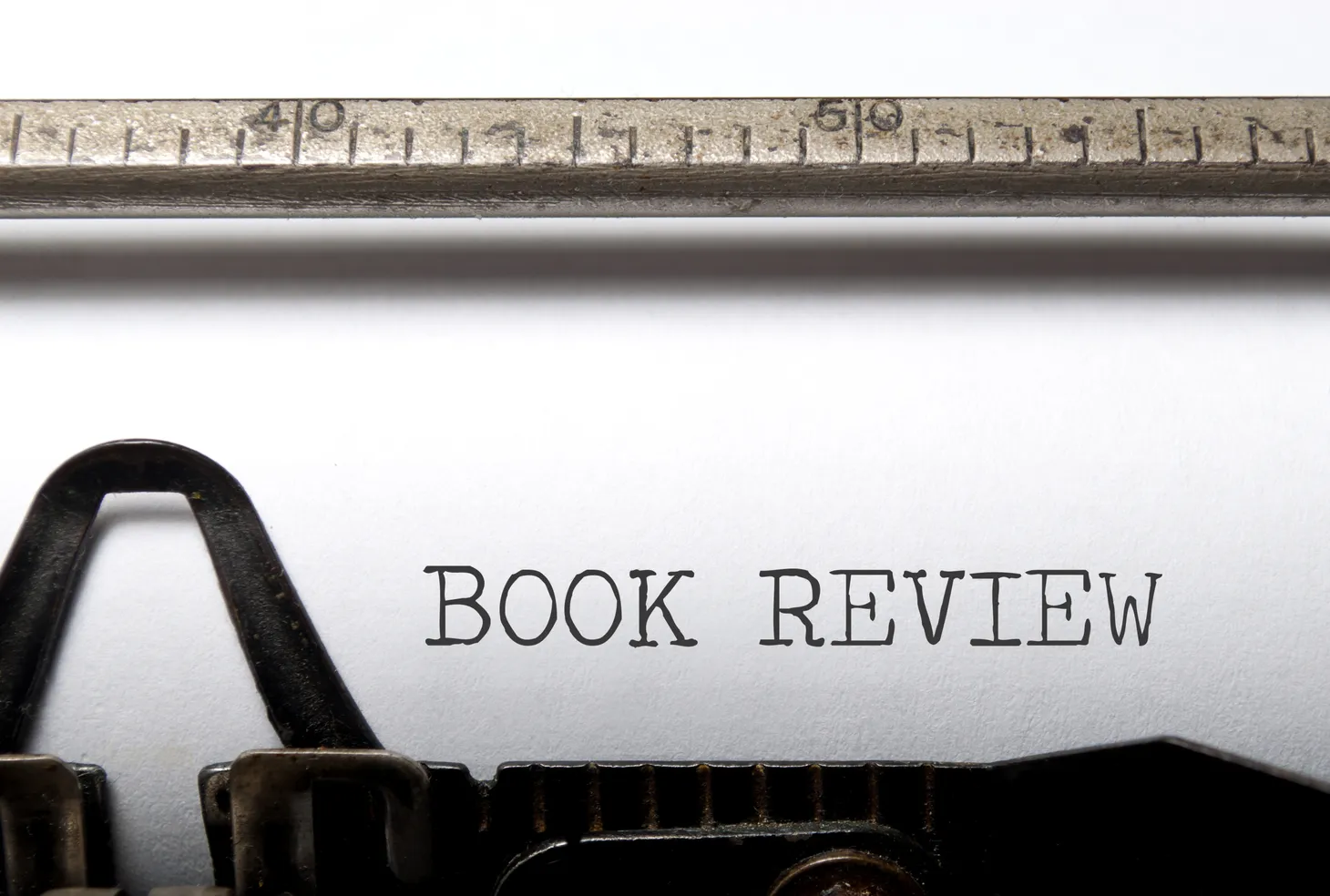Know that your customers’ needs will change
A big part of my business is being aware of, and responding to, the life cycles of my industry and my customers. Some of these are easy to see; you only need a cursory understanding of the effect of OPEC on gas prices in the early ’70s to understand why cars became more fuel efficient […]

A big part of my business is being aware of, and responding to, the life cycles of my industry and my customers. Some of these are easy to see; you only need a cursory understanding of the effect of OPEC on gas prices in the early ’70s to understand why cars became more fuel efficient in that decade. Other reasons are harder to see. Some criteria can be “faddish,” based on things such as color or brand. Others are based on external influences.
For years the cell-phone industry fought to offer the smallest, thinnest possible phone. That’s what customers wanted. Now those same customers are prioritizing access to the web over the size of the phone. This has reversed what was seen as a key and unshakable evolution trend toward smaller phones. Now customers want larger phones with bigger screens. Sometimes trends can be reversed by something completely outside your control. Something that changes the buying decision. What will these same consumers want as they get older? Will full web access and streaming music and video be a priority, or will their needs change as their eyesight and hearing fade?
Remember the cycle part of “life cycle.” You may lose the connection with your customers at certain stages of their lives but regain it later. It’s like the young man who buys a sports car when he gets out of college, trades it in for a minivan when he marries and has kids, and finally reverts back to sports car as an empty nester. Don’t assume that a customer is lost forever just because they’ve shifted their allegiances for the time being. If you can maintain some kind of link during the years they are not using your product, you still have a good shot at winning them back again when their needs and your services match up better.
We are rarely fortunate enough to know exactly how our customers’ needs will change; we simply know they will. The simplest way to anticipate how radically your customers’ needs and wants may evolve is to look at the past. Think about how our expectations of personal transportation have evolved. When your great-grandfather needed transportation, he might have looked for a sturdy horse and a well-made saddle. Your father wanted a car. My first vehicle was a motorcycle, as it was all I could afford at the time.
Simply understanding what products fell into and out of use isn’t enough. You need to consider the entwined relationship between people and the products that allow their lives, and their expectations about their lives, to evolve. The more our grandparents and parents came to rely on going wherever they wanted, whenever they wanted, the more their lives were built around this very premise. Your great-great grandfather couldn’t have sustained a traditional family life if he lived fifty miles from his place of work, yet now we assume that this is a standard setup for a commuter. Understanding this constant back-and-forth between the products we use and how they affect our lives can help you predict how this relationship will evolve in the future. What will personal transportation look like ten years in the future? Will new traffic-flow and work-scheduling solutions allow greater mobility and the continuation of a suburban lifestyle? Or will people become so frustrated with ever-worsening commutes that they return to dense urban areas or flee to rural ones? Could these changes affect your customers’ buying decisions, and if so, what are you going to do about it?
What other cycles like this can you start to anticipate now? How are your customers building new ways of living their lives based on new products and assumptions? Stay close to your existing customers and talk to them. Realize that they might not understand their own needs; it’s up to you to ask the Killer Questions and get a more nuanced perspective on what is driving them and their lives. Their buying decisions are not going to be the same three or four years from now. So long as you keep asking “Who are they, what do they want, and why do they want it?” you stand a good chance of staying ahead of the inevitable changes.
Sparking Points
- What are the ways your future customers’ lives are changing?
- How will that influence what they buy?
- What will they abandon and no longer purchase as their lives change?
Phil McKinney Newsletter
Join the newsletter to receive the latest updates in your inbox.




